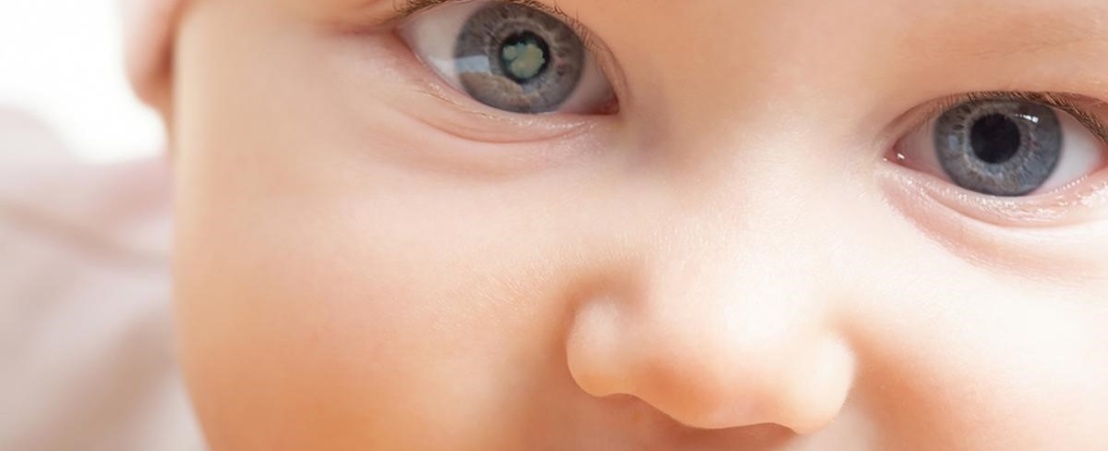
Many people believe that cataracts only affect older people. However, children can also suffer them. Both the pediatrict cataract and the one that derives from aging, consist of a clounding of the natural crystalline lens of the eye, which can cause blurred vision and even blindness.
In adults, cataracts usually appear many years after the correct development of vision so, after eliminating the cataract, most adults can have a good vision. Due to the fact that vision in children is still ideveloping and that this process does not end until they are 8 or 10 years, if the cataract is not treated, it can cause long-term vision problems. For this reason, early detection and treatment can prevent permanent vision loss in children with cataracts.
Cataracts can appear in different areas of the lens and can range from small lesions (spots) to large clouding.
They can be caused by genetic predisposition, metabolic disorders, or trauma to the eye that damage the lens. Sometimes, they appear spontaneously.
The treatment of pediatrict cataracts may vary depending on the type and severity of the cataract. In some cases surgery to remove the cataract is required. Unlike adults with already developed and full-sized eyes, children require specialized surgical instrumentation and techniques, therefore, the intervention must be performed by a specialist surgeon.
For many children, surgery is only the first step to complete eye rehabilitation. Ongoing treatment must repair the connections between the brain and the eye, which involves teaching the eye to focus correctly.
After surgery, children usually need a combination of contact lenses, intraocular lenses implanted in the eye and / or glasses. If the cataract has caused amblyopia, it is possible that the child may need to perform occlusions with an eye patch that covers the vision of the good eye to stimulate the vision of the weaker eye.
The prognosis will be better in those children who receive the treatment on time and make a good follow-up. For a good final result, years of individualized visual rehabilitation may be necessary.

Contact us or request an appointment with our medical team.